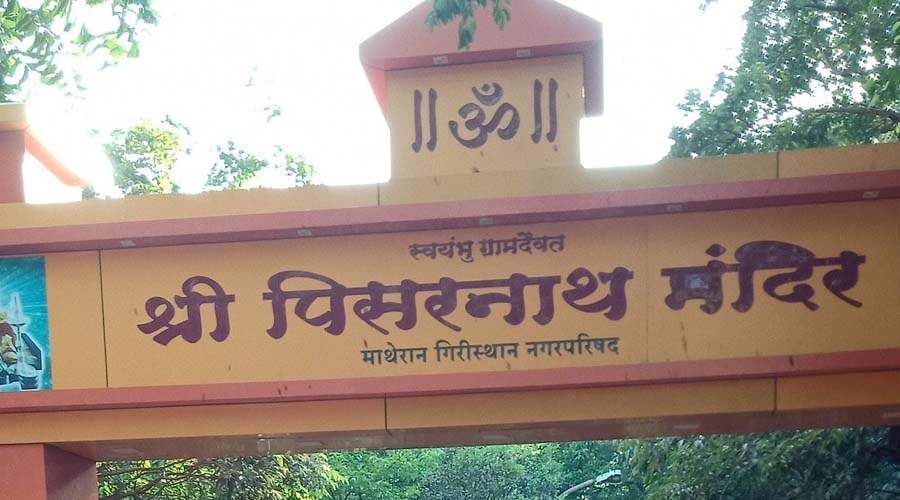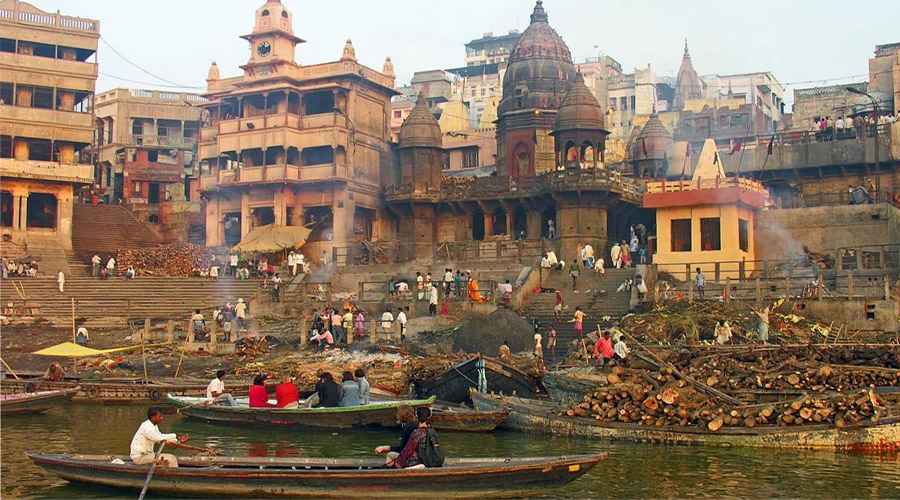India’s spiritual geography is dotted with temples that have not only been places of worship but also chronicles of history, culture, and resilience. Among them, the Somnath Temple, located in the Prabhas Patan near Veraval in Gujarat, stands out as one of the most revered and ancient shrines dedicated to Lord Shiva. It holds the distinction of being the first among the twelve Jyotirlingas, sacred manifestations of Lord Shiva believed to radiate his divine energy. Over millennia, Somnath has been a place where devotion has triumphed over destruction, making it a symbol of faith, endurance, and cultural heritage.
Historical and Mythological Origins
The origins of Somnath are deeply interwoven with mythology. The word Somnath means “Lord of the Moon.” According to legend, the Moon God, Chandra, was cursed by his father-in-law Daksha to wane in brightness. To free himself from the curse, Chandra worshipped Lord Shiva at Prabhas Patan. Pleased with his intense devotion, Lord Shiva relieved him from the curse, partially restoring his radiance. As a mark of gratitude, Chandra built the first temple for Lord Shiva at this site, leading to the shrine being called Somnath.
Mythologically, it is believed that somnath temple is timeless—as old as creation itself. The Skanda Purana, Shiva Purana, and several other Hindu scriptures describe the temple as one of the most powerful jyotirlingas. Hindus regard a visit to Somnath as essential for spiritual growth, liberation (moksha), and the removal of sins.
Architectural Grandeur
The Somnath Temple has been destroyed and rebuilt numerous times over centuries, which makes its architecture a living testimony to endurance. The present structure, known as the Kailash Mahameru Prasad Style of temple architecture, was reconstructed in 1951 under the orders of Sardar Vallabhbhai Patel, the Iron Man of India.
Structure and Style:
Built in the Chalukya style, the temple’s architecture exemplifies the skills of the Sompura Salats, one of Gujarat’s most reputed artisan communities. The shikhara (spire) rises majestically close to 50 meters, crowned with a gold kalasha (pot-like pinnacle) and trishula (trident). The temple walls are adorned with intricate carvings reflecting scenes from Hindu scriptures.
Sea-facing Location:
The temple stands against the backdrop of the Arabian Sea, which enhances its spiritual ambiance. An inscription on the walls states that there is no land across the sea, in a straight line between Somnath and Antarctica — symbolizing the temple’s significance as the “gateway to divinity.”
Garbhagriha:
Inside the sanctum (garbhagriha), the sacred jyotirlinga rests, attracting countless devotees who consider it the radiant core of Lord Shiva’s cosmic presence.
The Invasions and Rebuildings
Somnath Temple is historically significant not just as a shrine but as a monument of resilience, because it was destroyed and reconstructed multiple times:
1. First Recorded Destruction (1026 CE):
The Persian invader Mahmud of Ghazni attacked the temple for its immense wealth. It is said that he looted the temple and carried away treasures, breaking the idol in the process. This event is vividly described in both Persian chronicles and Indian texts of the era.
2. Subsequent Attacks:
Over the centuries, the temple endured repeated destruction at the hands of invaders like Alauddin Khilji’s forces in the 13th century and later during the reign of Aurangzeb in the 17th century.
3. Rebuilding Efforts:
After each invasion, the temple was lovingly rebuilt by devotees and rulers who saw it as a cultural obligation. Reconstruction efforts ranged from the Solankis of Gujarat to the Marathas, until the final modern reconstruction in the mid-20th century.
Modern Reconstruction and National Symbolism
After India gained independence in 1947, the Somnath Temple became central to ideas of cultural revival. Sardar Vallabhbhai Patel took a personal interest in restoring the temple to its former glory. Although Patel passed away before the project was completed, K. M. Munshi, another great nationalist leader, took his vision forward. In 1951, the temple was inaugurated by Dr. Rajendra Prasad, the first President of India.
This act carried deep nationalistic overtones — it symbolized the reclaiming of India’s heritage after centuries of colonialism and foreign invasion. Dr. Prasad, during the inauguration, emphasized that Somnath reflected the eternal spiritual identity of India.
Spiritual Significance
The Somnath jyotirlinga is not merely a stone idol but is believed to be infinite and self-born (swayambhu). Devotees from across the country come here for blessings, believing that Lord Shiva’s presence in Somnath destroys illusions, grants liberation, and fulfills desires. Festivals like Maha Shivaratri and the monthly Shivratri see the temple swarming with pilgrims. The sound of devotional chants and bells creates an atmosphere where spirituality blends with history.
For many believers, a pilgrimage to Somnath marks the beginning of their journey to other jyotirlingas. It is considered highly auspicious to start with Somnath and end the pilgrimage at Varanasi, the eternal city of Shiva.
Somnath as a Heritage and Tourism Destination
Apart from being a deeply religious site, Somnath is also a major cultural and tourist destination in Gujarat.
Sound and Light Show:
One of the highlights for visitors is the evening sound-and-light show, which narrates the history of Somnath in a captivating blend of music, storytelling, and visuals.
Nearby Attractions:
The region around Somnath is rich in heritage sites. Attractions include the Triveni Sangam (where the rivers Hiran, Kapila, and Saraswati meet the sea), the Bhalka Tirth (where Lord Krishna is believed to have left the mortal world), and the Prabhas Patan Museum, which houses ancient sculptures and remnants of the temple’s earlier reconstructions.
Local Culture:
The coastal town around Somnath is vibrant with Gujarati traditions, local crafts, and festivals that allow travelers to get a glimpse into the life of the people who have safeguarded this shrine through centuries.
Symbol of Resilience and National Identity
Somnath Temple is more than a place of worship—it is a symbol of India’s civilizational continuity. Despite facing destruction multiple times, its reconstruction always signified hope, strength, and unwavering devotion. It embodies the cultural philosophy that faith, though tested, never perishes. Today, Somnath’s majestic spire facing the sea stands as a reminder: while empires rise and fall, spiritual sanctity endures forever.
Conclusion
The story of Somnath Temple is not merely about bricks, stones, or historical events; it is the saga of a people who refused to let their faith be crushed. Rising repeatedly from its ruins, Somnath has become a timeless expression of India’s spirituality and resilience. It connects the past with the present—from mythological tales of Chandra and Shiva, through centuries of invasions, to the nation’s post-independence revival.
To stand before the jyotirlinga today is to look into a mirror reflecting both divinity and determination. Somnath’s message is eternal—faith withstands all tests, and devotion, like the waves of the Arabian Sea beside it, knows no end.


